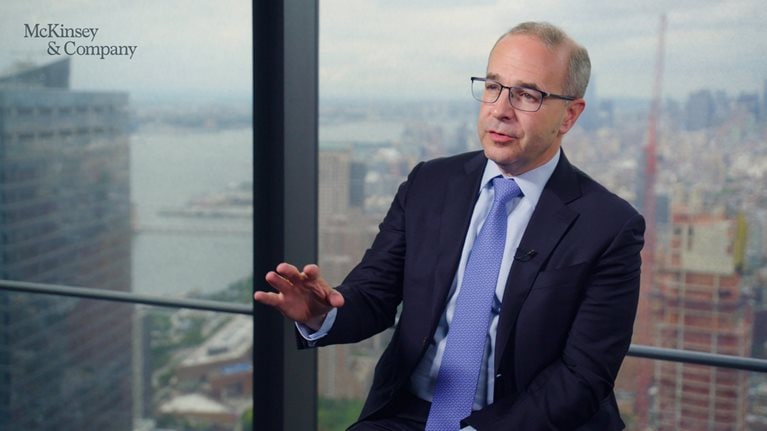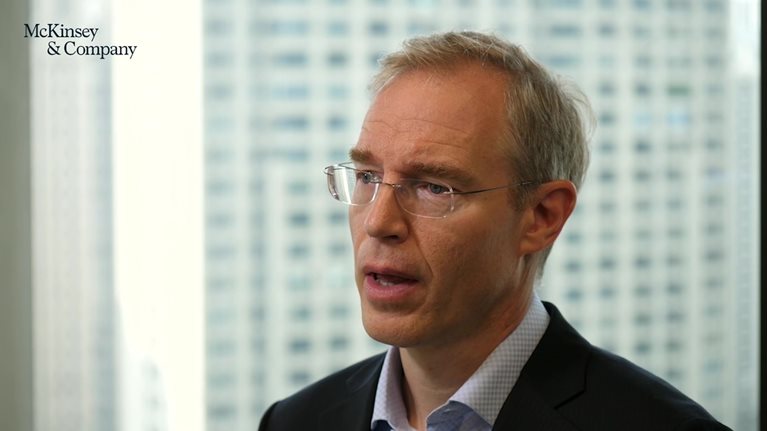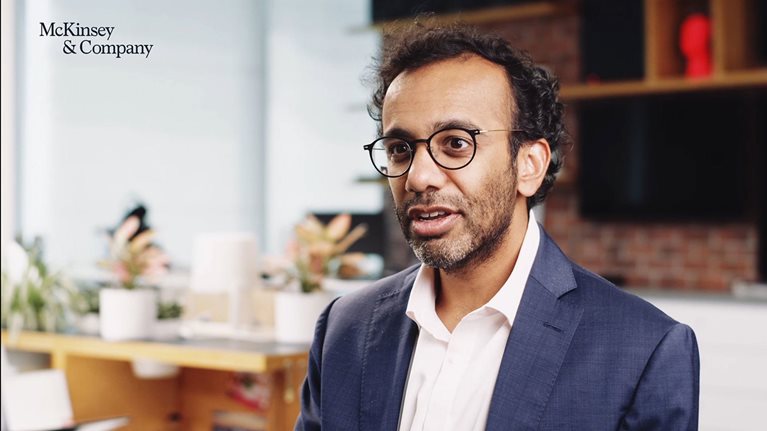What are the top trends influencing Asia’s rising share of global flows and networks?
Asia is here. Asia is now. The future is now. Soon it’s going to be 50 percent of world GDP, it’s 43 percent of world energy demand.
Asia is here and it is now. The second thing I’d point out is this notion of Asia for Asia.
We see 60 percent of trade is actually intra-regional. More than 50 percent of foreign direct investment is intra-regional. So this whole notion of Asia for Asia is growing. This regionalization is an important part of the next chapter of globalization.
The third thing I would point out is innovation, which is particularly important, and Asia is powering ahead. 40 percent of the world’s VC investment comes from Asia and in is in Asia. And it’s particularly high in sectors such as artificial intelligence, machine learning, electric vehicles, automation, robotics, drones and so forth.
We also see Asia is a home to unicorns. More than one-third of the world’s unicorns as of August this year are in Asia, and they’re growing more quickly than anywhere else.
The fourth thing I would point out is culture, and mobility, and people. Just as a little snippet: more than 38 percent of the world’s box office revenues movies, are from Asia and that is something we’re seeing is accelerating.
Would you like to learn more about the Future of Asia?
How should companies and governments prepare for this next phase of globalization?
First is the innovation and business-building agenda. I think innovation and in how you go about doing business, innovation in the products that that you are selling, investing in R&D. And I think all this innovation is true for governments and is true for companies.
The second thing I would point out is modernizing the organization. This refers to several things. Number one, I think there’s change of mindsets that is required. Do everything in-house, as opposed to now, we need to partner. There’s a whole ecosystem of partners that we need to be collaborating with.
Modernizing the organization in terms of how agile it is, whether it’s a government institution or a company. Modernizing these skills within the company. With regards to re-skilling, literally thousands of people need to be re-skilled, while companies can recruit new types of people.
So I think those are the two things I would point out: innovation and new business building; and secondly modernizing the organization.


